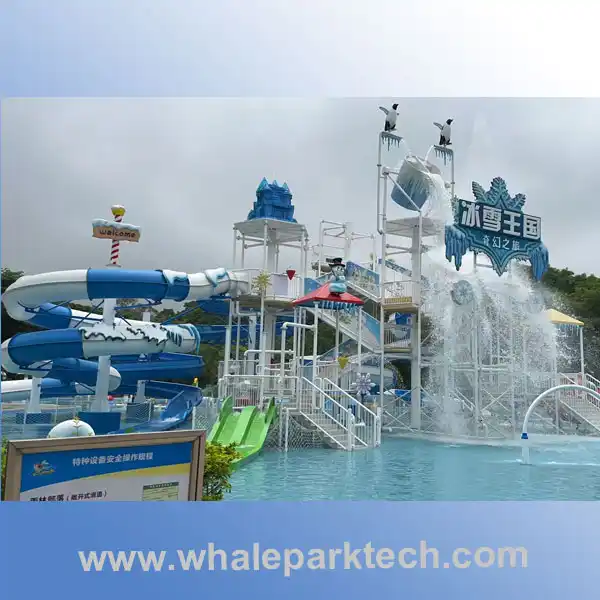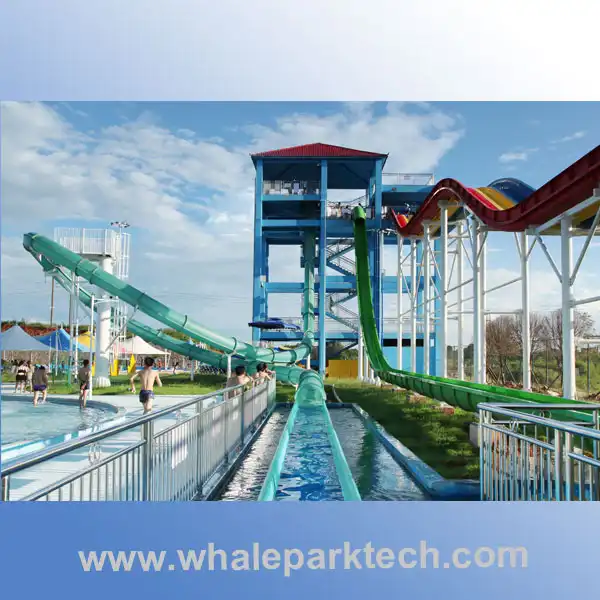The Origin and Evolution of Water Parks
I. Ancient Beginnings of Aquatic EntertainmentThe origins of water parks can be traced back to early human civilizations that revered water as both a resource and a symbol of leisure. The Roman Thermae (public baths), constructed in the 1st century AD, were among the earliest examples of combining water with recreation. These grand complexes featured cold, warm, and hot pools, alongside spaces for socializing and exercise, serving as communal hubs for elites and citizens. Similar practices emerged in ancient Greece, Persia, and China, such as the Tang Dynasty’s Huaqing Hot Springs, which blended therapeutic baths with imperial leisure.
During the European Renaissance, water gardens with elaborate fountains (e.g., Italy’s Villa d’Este) advanced the artistic integration of water and landscape. While these early endeavors lacked the scale of modern water parks, they laid a cultural foundation for aquatic entertainment.
II. The Birth of Modern Water Parks (Late 19th–Mid 20th Century)The Industrial Revolution’s technological advancements set the stage for aquatic leisure. In 1884, the United States’ first indoor aquatic center, Revere Beach in Massachusetts, debuted with artificial wave pools and basic slides. By the early 20th century, amusement parks like New York’s Coney Island incorporated water-themed rides such as “Shoot the Chutes,” though these remained rudimentary.
The modern concept of water parks began taking shape in the 1940s. In 1946, Noah’s Ark Waterpark in Wisconsin became the first facility to combine water slides, lazy rivers, and thematic designs (inspired by biblical stories). Despite its simplicity, it marked a pivotal shift toward dedicated water-based entertainment.
III. The Golden Age: Innovation and Global Expansion (1970s–1990s)The 1970s saw fiberglass revolutionize water slide construction. In 1977, Wet ‘n Wild Orlando in Florida opened as the world’s first commercial modern water park, featuring multi-level slides, wave pools, and interactive water playgrounds. Its success sparked a global
wave of imitations.
The 1980s brought technological breakthroughs:
**Water Treatment: Chlorination and filtration systems ensured safety for large-scale pools.
**Diverse Attractions: Innovations like bowl slides and family raft rides catered to all ages.
**Thematic Immersion: Disney’s *Typhoon Lagoon* (1989) introduced narrative-driven environments, blending storytelling with cutting-edge rides.
Meanwhile, Europe and Asia embraced the trend. Japan’s Yokohama Hakkeijima Sea Paradise (1983) and Germany’s Tropical Islands (2004) became regional landmarks.
IV. The 21st Century: Globalization and Technology IntegrationModern water parks are defined by three trends:
**Scale and Competition: UAE’s *Yas Waterworld* (2013) introduced magnetic-levitation slides, while China’s Chimelong Water Park consistently ranks as the world’s most visited.
**Tech-Driven Experiences: VR-enhanced slides, cashless payment systems, and dynamic light shows are now standard. Orlando’s *Volcano Bay* (2017) uses wearable devices for virtual queuing.
**Sustainability: Solar heating, rainwater harvesting, and eco-friendly materials minimize environmental impact.
V. Future DirectionsFuture water parks will merge virtual and physical realms through holographic interactions and AI-personalized experiences, while prioritizing ecological responsibility. From Roman baths to today’s high-tech wonderlands, water parks continue to evolve, reflecting humanity’s enduring fascination with water as a source of joy and innovation.


